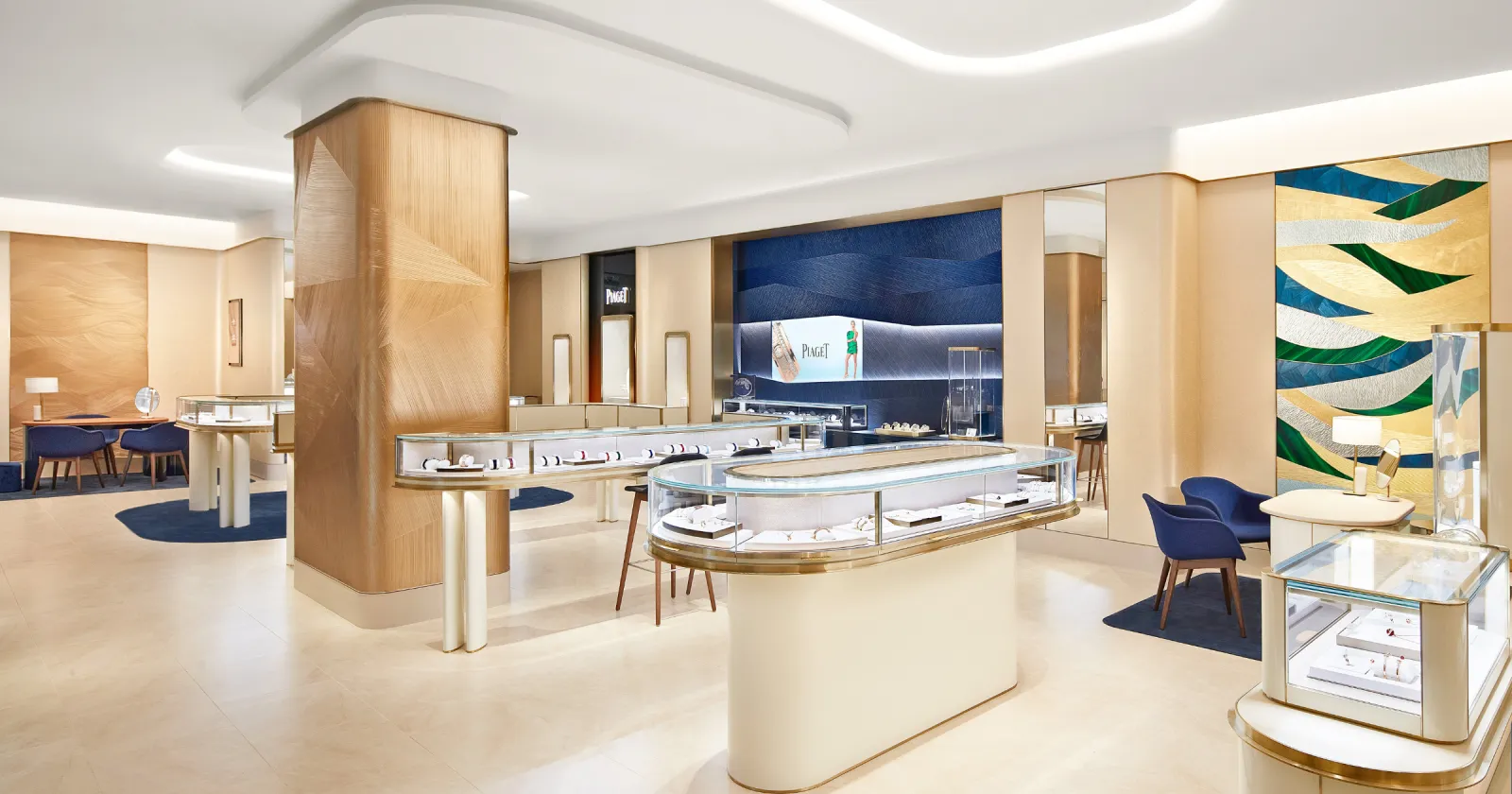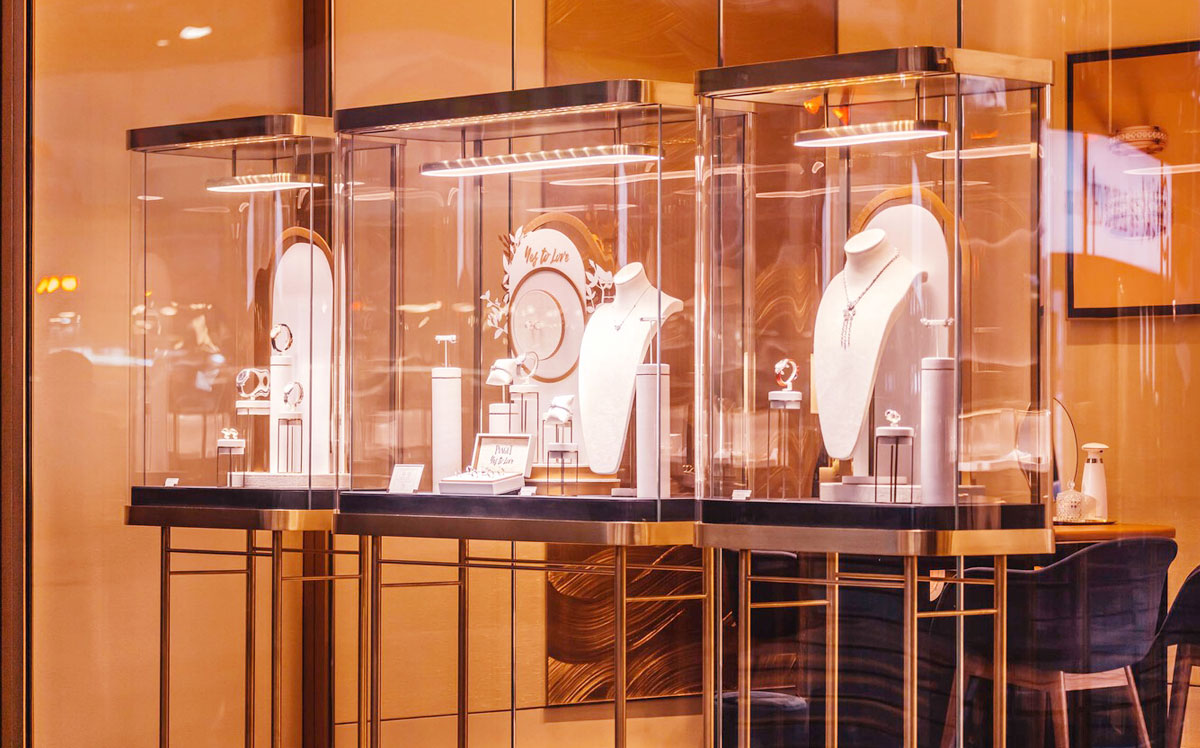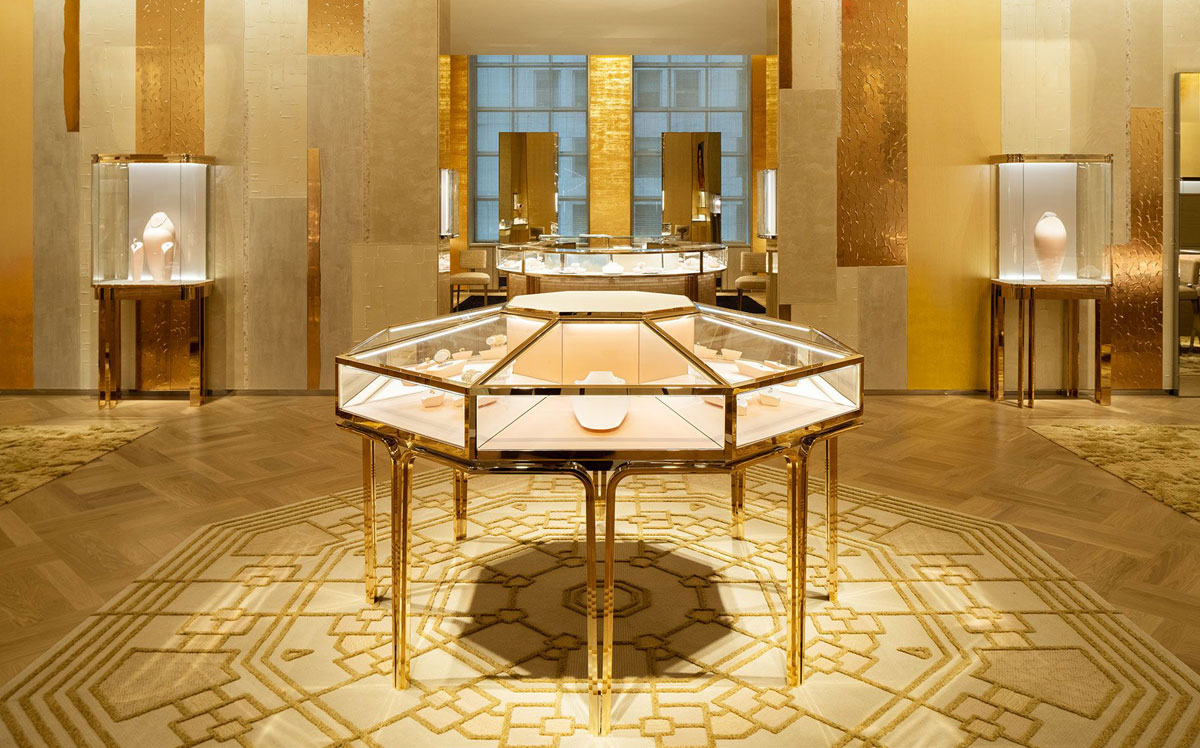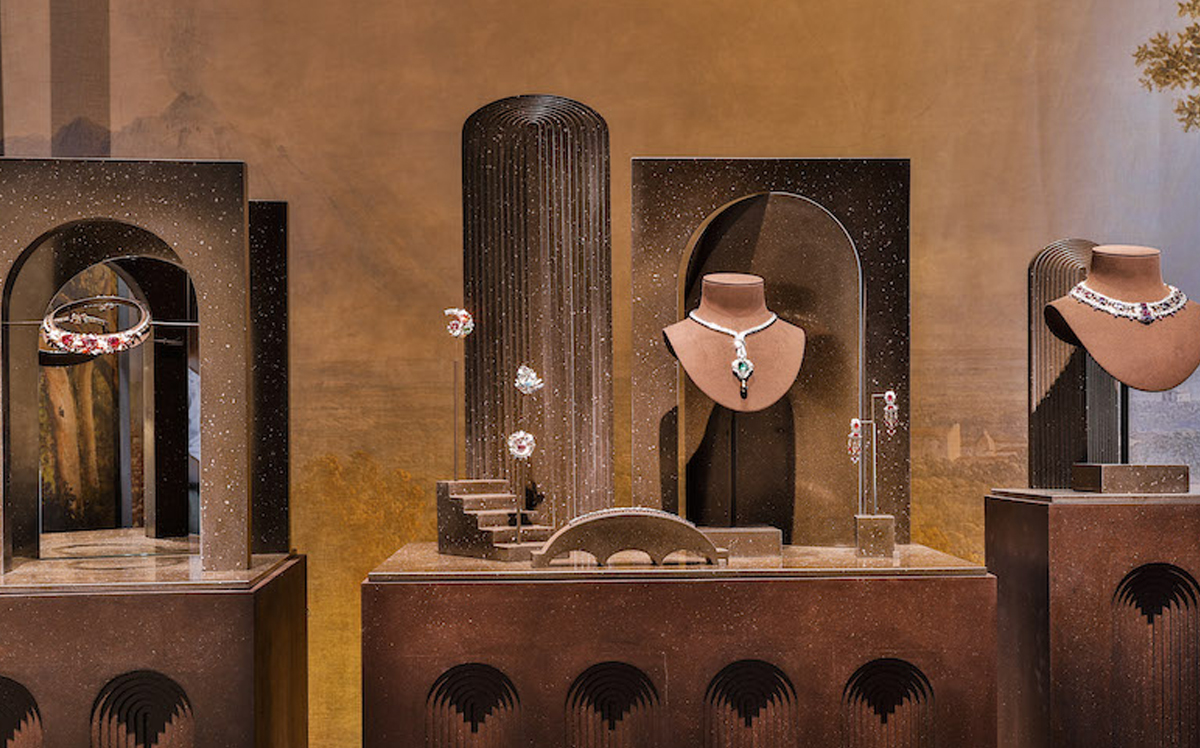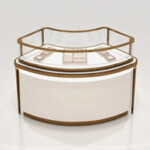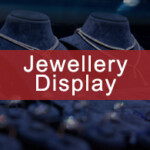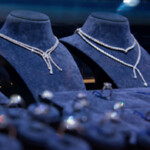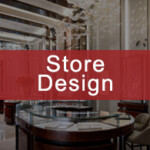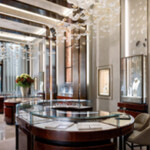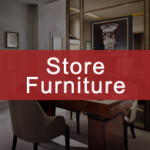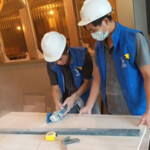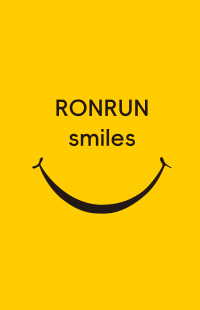Choosing the right display method for earrings can make a significant impact on how customers perceive the jewelry. Here are various types of display props that can help elevate your earring presentations in retail settings.
1. Earring Stand
An earring stand is a common yet versatile display prop, consisting of a sturdy base and an upright pole. The pole may be slotted or perforated to hold different types of earrings securely. Custom earring stands allow for unique designs on the upright pole, adding character to the display and aligning with brand aesthetics. For basic jewelry brands, a single stand often holds multiple sets of earrings, maximizing display space. However, mid-to-high-end brands typically use individual stands for each earring set, reinforcing an exclusive, luxurious feel. Ordinary earring stands may be crafted from a single material, while higher-end stands often combine materials like metal and velvet for added elegance.
2. Earring Board
Earring boards provide a flat surface to arrange earrings neatly. These boards come in various shapes and styles—some are flat panels supported by brackets, while others are curved for a more dynamic presentation. For budget-friendly displays, simple holes are made in the panel to secure the earrings, often using basic materials. Mid-range brands enhance these boards with a microfiber surface to give a more refined look and a soft touch. High-end brands rarely use boards; when they do, it’s usually for an exclusive display, with one set of earrings per board. This selective display technique creates a sense of prestige and highlights the product’s value.
3. Earring Holder
Earring holders offer endless possibilities, allowing flexibility in design and function. These holders can be almost any prop that securely holds earrings in place. For example, an earring holder might be a small, elegant hook, a framed display, or a miniature sculpture. These holders are highly customizable, making them a good choice for brands that want unique, eye-catching presentations.
4. Earring Tray
Earring trays allow you to lay out earrings in an organized and accessible manner. For more budget-conscious products, materials like wood, acrylic, resin, linen, or even simple paper cards are often used. Mid-to-high-end trays, however, incorporate luxurious materials like velvet, microfiber, or metal, adding a high-quality texture that complements the jewelry. The tray design should align with the brand’s identity, allowing customers to browse with ease while preserving a sense of luxury.
5. Earring Storage
Earring storage props are ideal for protecting and organizing earring jewelry when it’s not on display. These can include boxes or cases that keep earrings safe and secure, while also offering a polished appearance. Depending on the brand’s style, these storage solutions can be simple or luxurious, often incorporating high-end materials like leather or velvet.
6. Earring Rack
An earring rack is a display option that accommodates a large number of earrings at once, often used to maximize space. However, we recommend avoiding this option if your goal is to present your products in an organized, upscale manner. Regardless of material or design, racks can often appear cluttered and make it difficult for customers to focus on individual pieces. For luxury displays, simpler, more selective presentation options are more effective in highlighting the jewelry’s appeal.
Displaying earrings effectively requires choosing display props that align with your brand’s image and target market. From individual earring stands to elegant trays and holders, each type of prop offers a distinct way to present earrings. High-quality materials like velvet, microfiber, and metal can add a touch of luxury, while selective display choices, like using one set of earrings per stand, can create an exclusive feel. Avoid cluttered displays like racks for a more organized, elegant presentation that draws attention to each unique piece.


